Geopolitically supporting gold and crude oil, why is the Japanese yen leading the rise? What are the hidden mysteries of risk aversion!
On Thursday, November 21st, global financial markets focused on geopolitical tensions, major economic data, and changes in central bank policy expectations. Brent crude oil is currently trading at $73.75 per barrel, with a daily increase of 1.00%; Spot gold rose 0.66% to $2667.59 per ounce; The US dollar index rose slightly by 0.06% to 106.71. At the same time, the USD/JPY fell 0.75% to 154.22, indicating an increase in risk aversion. The core topics that the market focuses on include the signal of the Bank of Japan's potential interest rate increase, the volatility of European bond market yields, and the continued impact of the Russia-Ukraine conflict.
Crude oil market: Geopolitical support for oil prices
Crude oil prices continue to rise as geopolitical risks outweigh the negative impact of increased US crude oil inventories. Brent crude oil rose to $73.75 per barrel, while US crude oil climbed to $69.73 per barrel. The escalation of the Russia-Ukraine conflict has become the main factor driving oil prices, and the concern about the escalation of the situation has further intensified the market's concern about the interruption of energy supply.
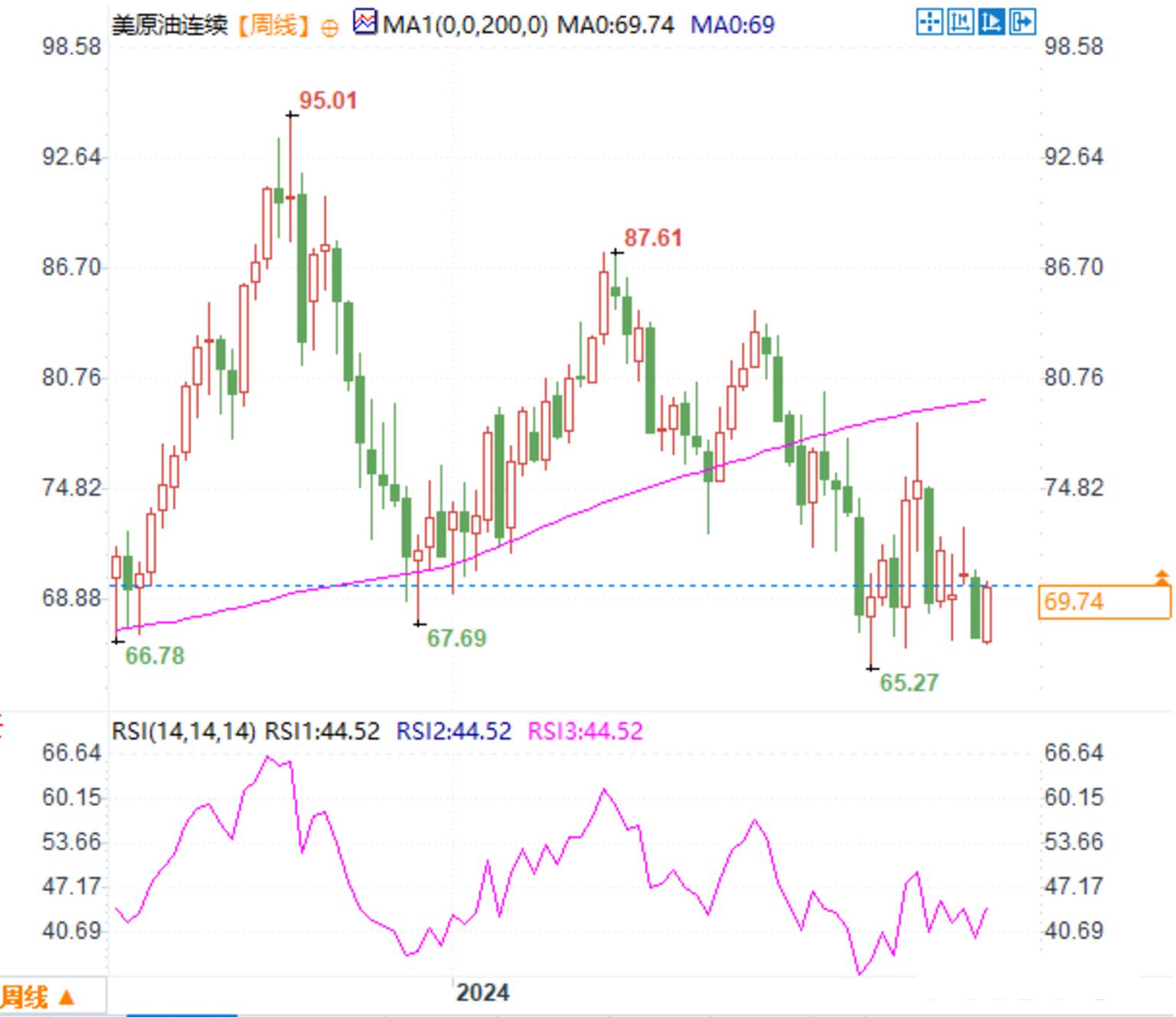
Although data from the US Energy Information Administration (EIA) showed that crude oil inventories increased by 545000 barrels last week, exceeding market expectations of 138000 barrels, the rebound in global demand partially offset this impact. Data shows that the daily average global demand for crude oil in the first 19 days of November was 103.6 million barrels, an increase of 1.7 million barrels year-on-year. In addition, the news that OPEC+may delay its production increase plan also provides support for prices.
However, analysis suggests that the rise in oil prices has not yet formed sustained momentum. The market's expectations for medium - to long-term oversupply are still fermenting, especially with a recent report from the International Energy Agency (IEA) indicating that global supply may exceed demand by 2025.
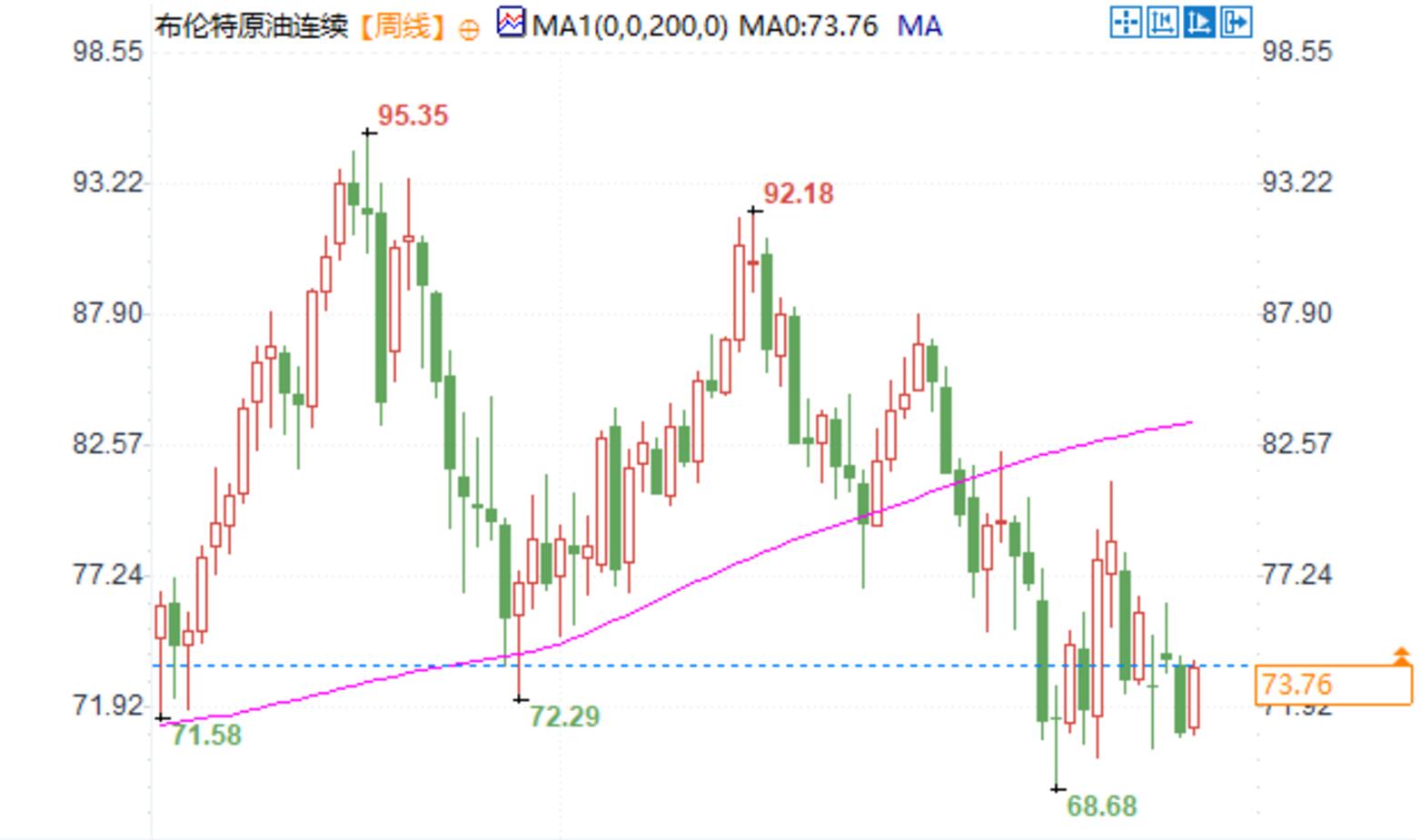
Precious metal market: Risk aversion drives up gold prices
Spot gold has risen for the fourth consecutive trading day, currently at $2667.59 per ounce. The intensification of the Russia-Ukraine conflict and the United States' veto of the Gaza ceasefire resolution at the United Nations have prompted investors to seek safe haven assets. Analysts say that in the long run, geopolitical and economic risks remain the main factors supporting gold prices.
The market is closely monitoring the statements of Federal Reserve officials to assess future interest rate trends. Although the CME FedWatch tool shows that the market's expected probability of a December rate cut is close to 50%, policy differences within the Federal Reserve and concerns about inflation stickiness may limit the rise in gold prices.
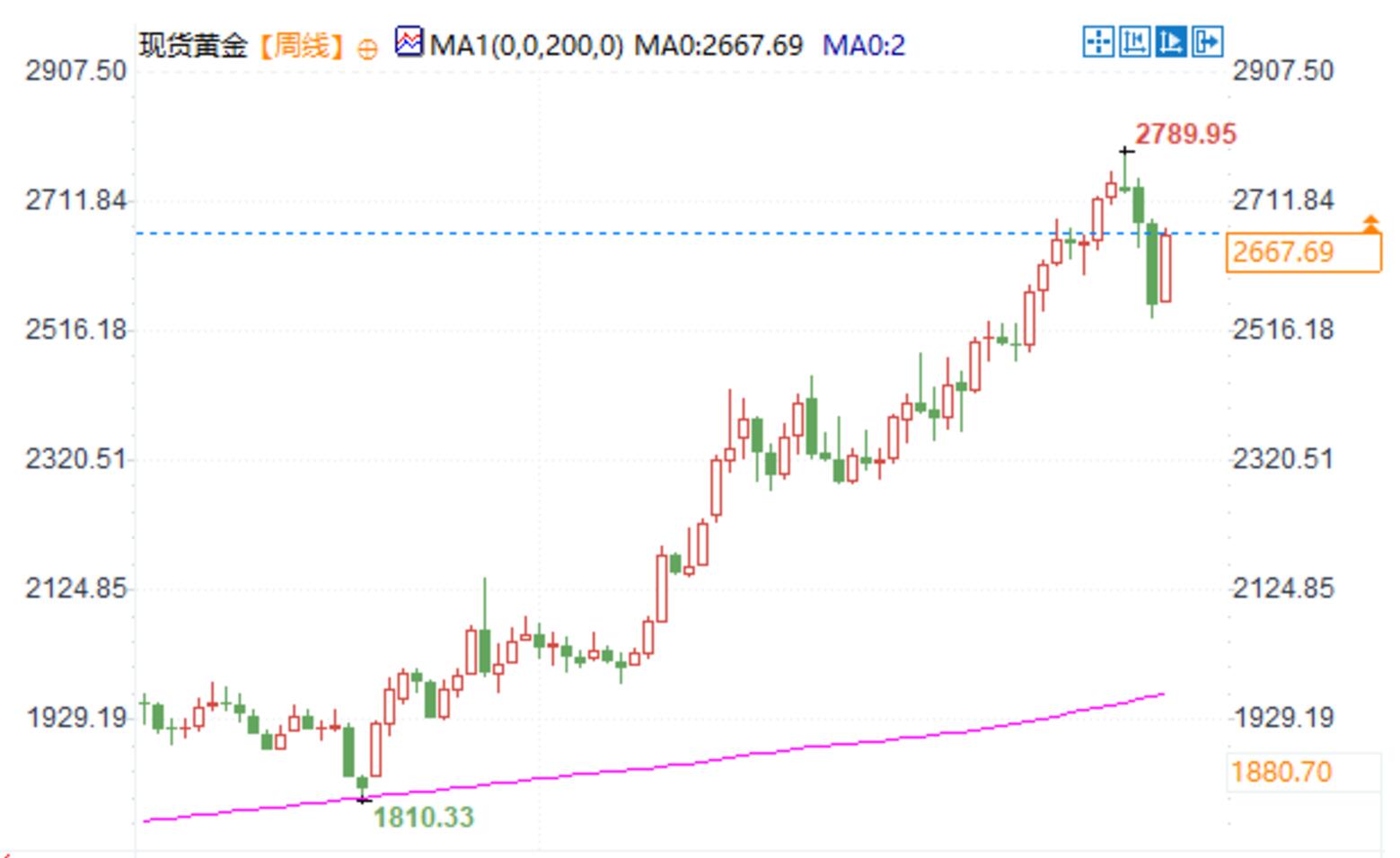
Foreign exchange market: Japanese yen leads gains, US dollar has limited volatility
On Thursday, the foreign exchange market performed moderately, but the Japanese yen seized the market focus with a significant upward trend. As of press time, USD/JPY was trading at 154.220, down 0.75% for the day, making it the strongest performing non US currency. The main reason for the rise of the Japanese yen is the latest speech by the Governor of the Bank of Japan, Kazuo Ueda, which the market interpreted as a signal of a shift in policy stance.
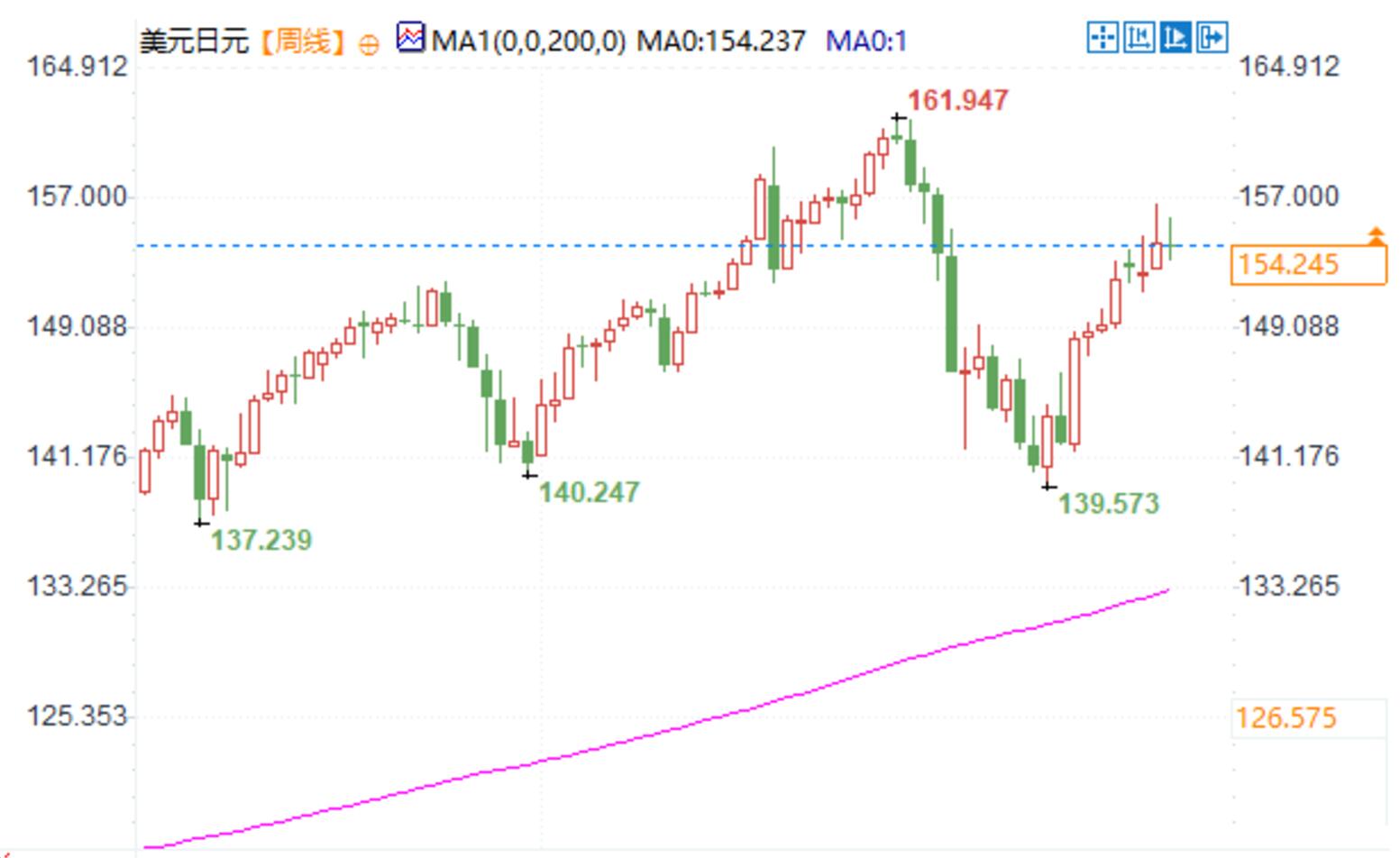
In today's statement, Kazuo Ueda made it clear that there is still one month left until the next policy meeting of the Bank of Japan in December, when more economic and price related data will be available for reference. He emphasized that exchange rate fluctuations will be "carefully considered" when evaluating policy options. The market immediately saw this as a hint of potential policy adjustments, coupled with the current weakening of the US dollar, further boosting the trend of the Japanese yen. At the same time, the pricing of the overnight index swap (OIS) market showed that the possibility of the Bank of Japan raising interest rates to 0.5% at the December meeting had risen to 55%, which significantly boosted the yield of Japanese treasury bond bonds and supported the rebound of the yen.
In terms of the US dollar, although the US dollar index (DXY) rose slightly by 0.06% during the day, the overall volatility was limited, and it is currently trading at 106.7083. The core driving factor behind the recent trend of the US dollar remains market speculation about the Federal Reserve's policy path. However, the statements made by Federal Reserve officials on Wednesday sent a different signal. On the one hand, some officials are concerned that inflation stickiness may delay the process of interest rate cuts; On the other hand, there are also views that are optimistic about reducing inflation risks. As a result, the market is divided on the possibility of a December rate cut. According to the CME FedWatch tool, the likelihood of a 25 basis point rate cut is about 52%, slightly higher than earlier this week.

In addition, there are relatively few US economic data released within the day, but investors will closely monitor the initial jobless claims data to be released later, as well as speeches from several Fed officials, including Cleveland Fed President Hamack, Chicago Fed President Goolsby, and Kansas Fed President Schmid. These pieces of information will further help the market clarify future policy directions.
The EUR/USD has not been able to shake off the downward trend and is currently at 1.0518, down 0.24% for the day. The market is generally concerned about the path of interest rate cuts by the European Central Bank and the performance of European economic data, especially the initial Consumer Confidence Index to be released in the evening. There is still controversy within the European Central Bank over the pace of its easing policy, with only a 20% chance of a 50 basis point rate cut. In addition, geopolitical uncertainty, including the escalation of the Russia Ukraine situation, also puts additional pressure on the euro.
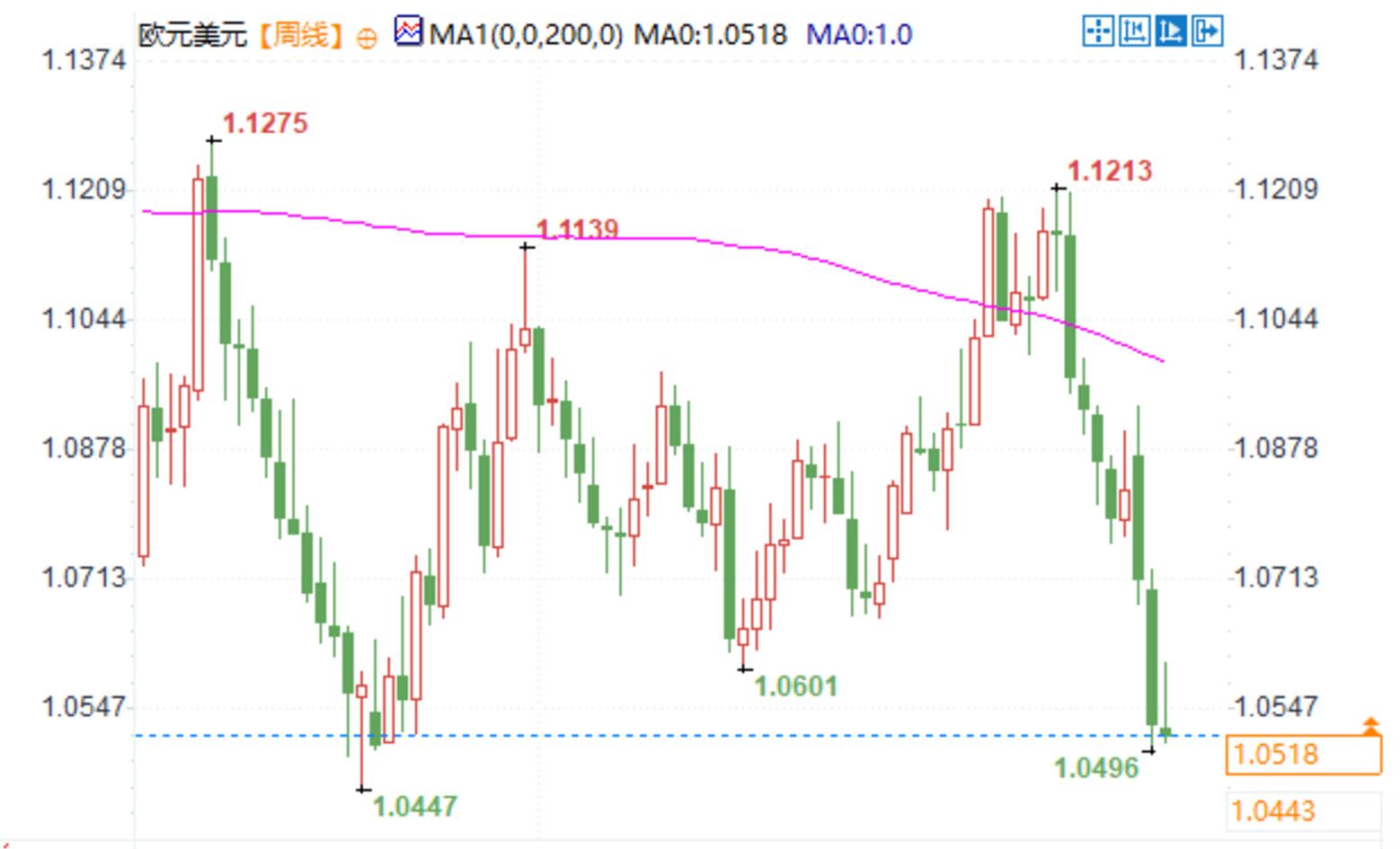
Bond market: yields generally rise, focusing on central bank and rating adjustments
The global bond market has shown differentiation, with Japanese and Eurozone bond yields rising across the board. The yield on Japanese 5-year government bonds has risen to its highest point since 2009, reflecting market concerns about the central bank's policy shift. In terms of Eurozone bonds, the spread between Italian and German government bonds has once again narrowed to 123 basis points, and the market generally expects Moody's to raise Italy's rating.
The financial stability report issued by the Bundesbank has formed some support for the German bond market, but it also warns that the bankruptcy rate of enterprises may rise in 2024, which may further increase the complexity of the ECB's policies.
Future prospects
The core focus of tonight's market will be on the following aspects:
1. Economic data: The United States will release initial jobless claims, existing home sales, and regional manufacturing data. Any unexpected outcome could drive market volatility, especially in the short term for the US dollar and stock market.
2. Speech by Central Bank Officials: Several Federal Reserve officials will deliver speeches, and investors need to pay attention to changes in policy forward guidance.
3. Geopolitical progress: whether the escalation of the Russia-Ukraine conflict will further affect the energy supply will be the key to the short-term trend of oil prices.
Overall, the market's optimistic expectations for economic growth are intertwined with concerns about geopolitical risks, and short-term volatility will intensify. In the coming days, the market may continue to trade around major central bank policy paths and geopolitical situations.
Tips:This page came from Internet, which is not standing for FXCUE opinions of this website.
Statement:Contact us if the content violates the law or your rights
